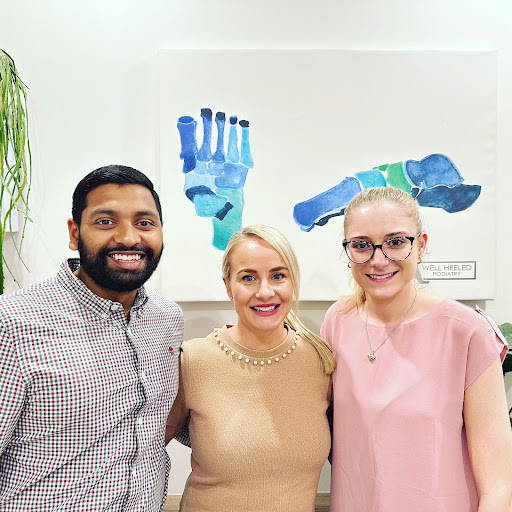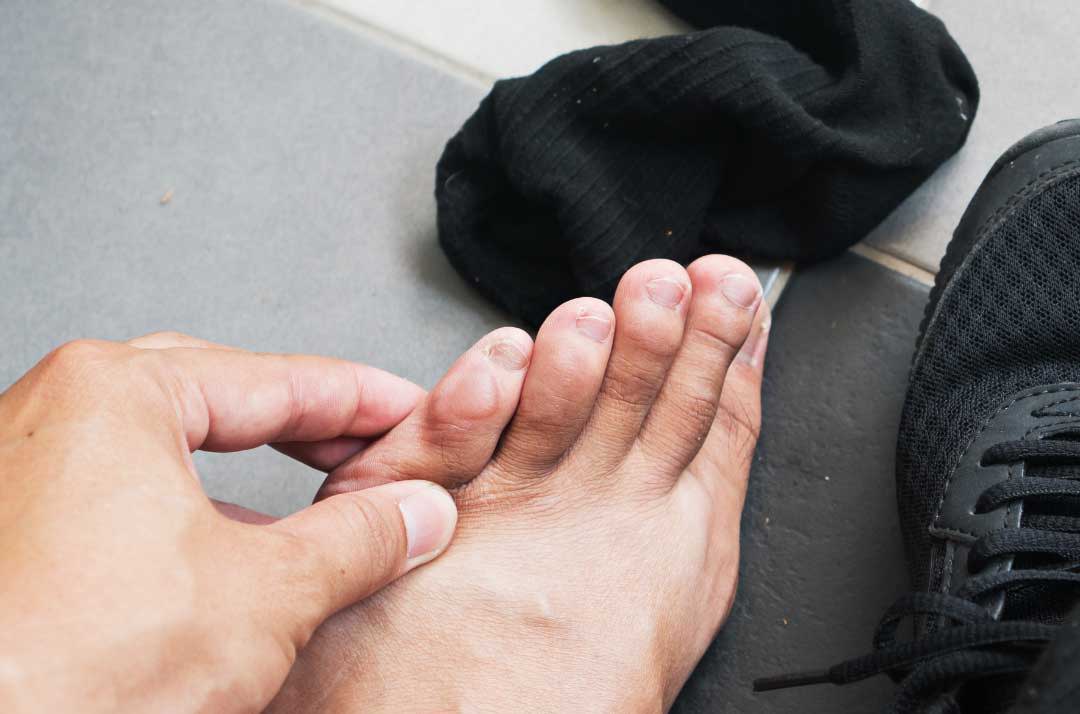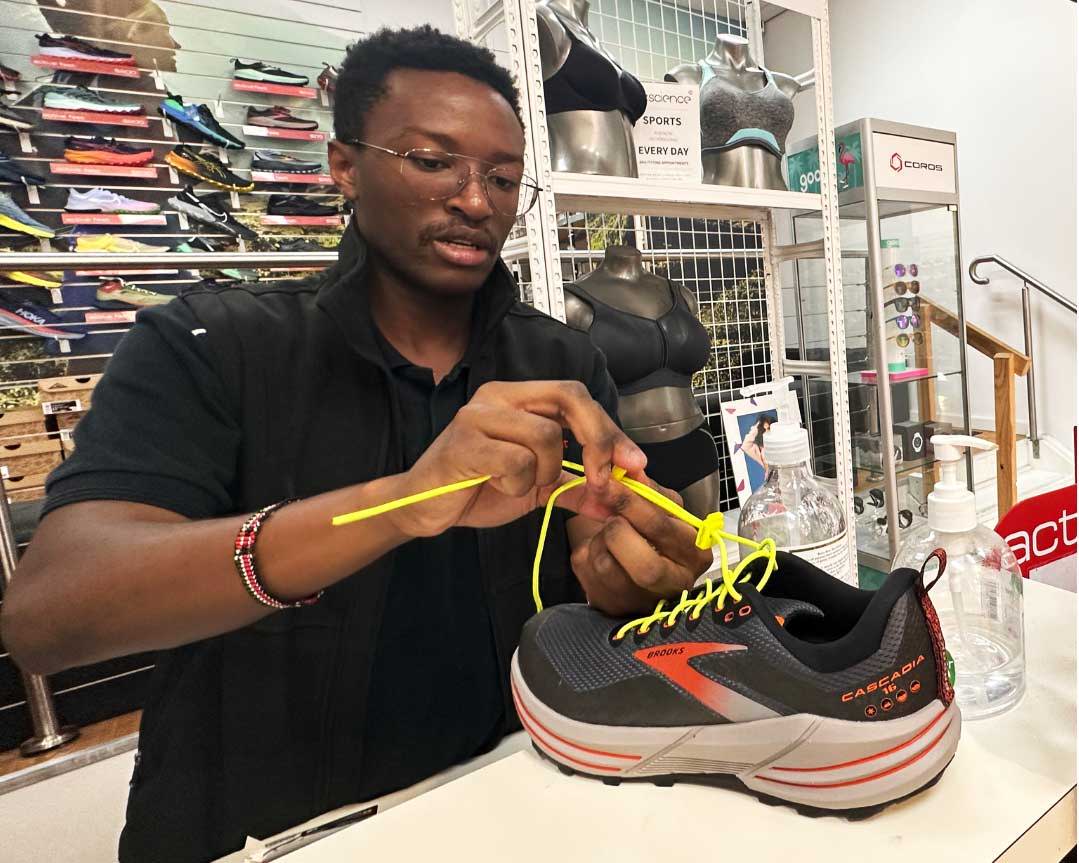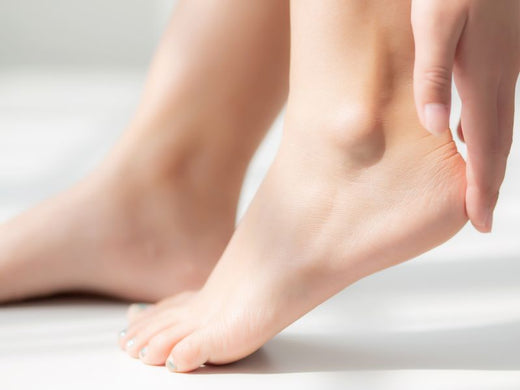Ah, blisters. Those pesky little bubbles that seem to pop up at the most inconvenient times. Whether you're out for a run, hiking up a mountain, or just breaking in a new pair of shoes, blisters can be a real pain. But fear not! We've got some tips and tricks to help you prevent and treat those pesky blisters.
The team at Well Heeled Podiatry, use a range of advanced and effective treatment modalities to treat acute and chronic foot, ankle and heel pain in all age groups. All our clinical podiatrists have gone on to receive further training and qualifications in the areas of dry needling, shockwave therapy, foot mobilisation and manipulation techniques and pre-pointe assessments. Well Heeled Podiatry is recognised by AHPRA the Australian Podiatry Association, Australian Pediatric Podiatry, and Sports and Exercise Australia.

First, let's talk about treating blisters. If you've already got a blister, the best thing to do is to leave it alone if possible. It's doing its job of protecting the skin underneath and preventing infection. But if the blister is causing you pain, you may need to drain it.
If you are unlucky enough to get one of these painful blisters that need draining it is best to see a expert, such as a podiatrist, who is able to painlessly drain your blister, using sterile instruments to prevent infection and who knows the best spot to drain the blister to prevent further injury and skin damage.
Once you've taken care of the blisters, it's time to prevent them from happening again. The key is to reduce friction and pressure on the skin. One of the best ways to do this is to wear proper fitting footwear. Make sure your shoes fit well and provide enough cushioning and support.
Going to a footwear store, such as Active Feet, who can properly fit you for sport shoes, is so important in the prevention of blisters. The next step for even more protection, is considering investing in some blister prevention socks. These magical socks are made with moisture-wicking materials and have added padding in high-pressure areas. Trust us, your feet will thank you.

Our recommendations for Blister prevention socks:
Lightfeet Evolution
- Contours to the shape of the arch to help keep the sock in place
- Reduces friction & cushions for blister protection
- Padded across the medial & lateral metatarsal head/toes which are common rubbing & blister areas
Feetures
- Contours to the shape of the arch to help keep the sock in place
- Reduces friction & cushions for blister protection
- Padded across the medial & lateral metatarsal head/toes which are common rubbing & blister areas

But that's not all. Active Feet staff can also change your lacing technique to prevent movement and friction in your shoes, such as an ankle lock lace.
This lacing technique helps to secure the heel in the back of the shoes and prevents your foot from slipping forward, particularly when playing sport, where you are constantly stopping and starting suddenly.
It's also important to build up gradually when starting a new activity. If you're new to running, for example, start slowly and gradually increase your time and intensity.
This will give your skin time to adapt and toughen up. And don't forget to take breaks every hour or so to give your skin a chance to rest.

So there you have it! With the right care and some preventative measures, you can keep friction-related discomfort at bay and enjoy all your favorite activities without worry. Happy trails!
However, if you’ve tried all of the above and are still experiencing recurring foot irritation, there may be a posture issue causing excessive pressure on a specific area of your foot. In this case, visiting a podiatrist can help determine the root cause and provide the right solutions.
At Well Heeled Podiatry, we can painlessly remove any hard skin buildup, such as calluses, which may be contributing to underlying hotspots. Our podiatrist can also design customised offloading insoles to redistribute pressure under your feet and help prevent ongoing skin friction issues.





What is a Rocker Sole Shoe
Tips for healthy feet in the summer